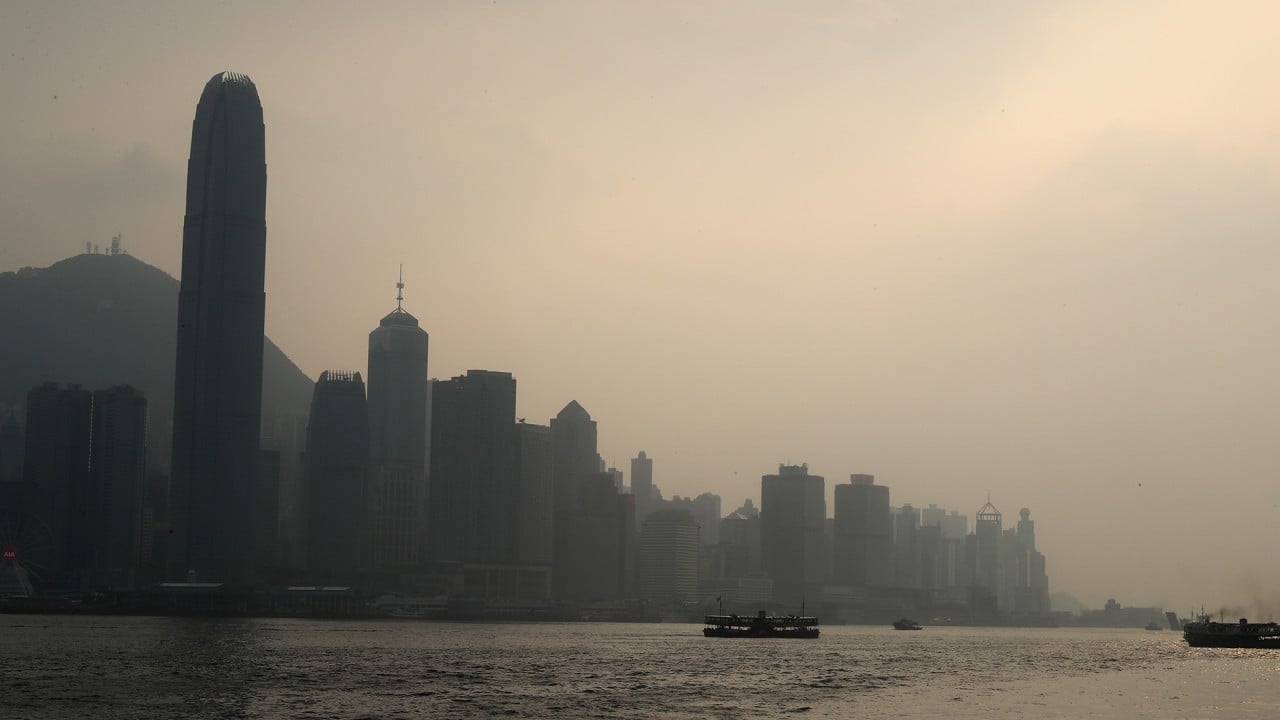Health risks from air pollution hit highest level on Hong Kong’s scale, as Observatory notes hottest summer on record
- Experts link elevated levels of pollutants to the influence of Typhoon Maysak, expected to make landfall in South Korea on Thursday
- Combination of high temperatures and strong sunlight is also contributing to very high levels of ozone

Air pollution in parts of Hong Kong reached “serious” levels on Wednesday, and the problem is likely to persist despite scattered thunderstorms over the city.
The news came as the Observatory noted that the city experienced its hottest summer since records started in 1884.
On Wednesday afternoon, the Air Quality Health Index (AQHI) reached the “serious” level – the highest on the government’s scale – at three of the Environmental Protection Department’s 18 monitoring stations, namely those at Tung Chung, Yuen Long and Tuen Mun. All but one of the remaining stations recorded “very high” levels of pollution, while the last one, in the northern New Territories, was at “high”.

02:07
Air pollution hits highest level on Hong Kong’s scale, as city records hottest summer on record
According to the department, the city was experiencing elevated air pollution levels due to the effects of Typhoon Maysak, the strongest typhoon so far this year, which is expected to make landfall in South Korea on Thursday.
“Hong Kong is going through a hot and polluted episode, which is common when there is a typhoon in the region,” said Professor Steve Yim Hung-lam, an air pollution expert at Chinese University.
While ground-level winds remained weak, there was a strong north wind blowing in the upper atmosphere between 600 metres and 2km above the ground, which was bringing in pollutants that settled over the city, Yim explained.
He said the combination of strong sunlight and high maximum temperatures – reaching between 33 and 36 degrees Celsius in some areas, including Chek Lap Kok, near the airport – had also accelerated the formation of ozone, a major air pollutant and greenhouse gas.
